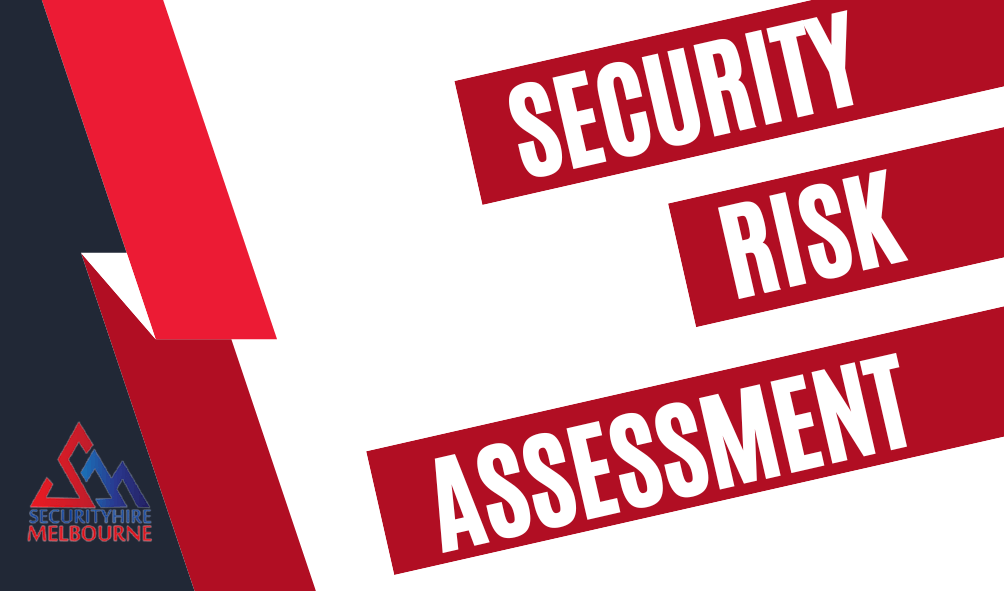Shopping malls require a risk assessment plan to ensure the safety of the shoppers, management staff, store employees, and physical assets in their premises. Efficient and effective retail security management plans are those that are tailor-fitted to the specific security needs of a shopping mall.

What is Risk Assessment?
A risk assessment is a process aiming to identify the possible threats to your shopping center along with its level of vulnerability to these threats. Risk is determined by individually measuring the levels of vulnerability and threat. Without any of these two, there is no risk. Thus, one of the main goals of the security management plan is to lessen the risk by decreasing the mall’s vulnerabilities and reducing threats.
There are two kinds of threats. The first is internal threats that originate in the shopping mall. These can be a structural problem that endangers the public or at a policy level such as safety hazards, staff theft, and security standard violations. The second kind is external threats that emanate from forces outside the mall like robbery and acts of terrorism.
Vulnerabilities that factors that make shopping malls prone to the harmful effects of threats. These can be social (lack of awareness of safety and security protocols) or physical (poor building design and construction) in nature. Some of the crucial aspects that are covered by a risk assessment plan are the following:
- Emergency response. Do the mall owner and their staff know what to do in crisis situations? Are the signages on the premises that direct the shoppers on what to do and where to go in an emergency?
- Physical security. Do all equipment in the shopping mall function properly? Are there structures in place that help prevent injury and assist persons with disability and seniors? Are the cleaners immediately work on addressing problems like slippery floors and spills?
- Material security. Is there a system in place to check delivered packages and alert management for any suspicious deliveries? Are the delivery areas secure and restricted to authorized personnel?
- Assess control. Are there traffic controllers who direct shoppers on where to park and deal with cases of road rage? Are there barriers to control the influx of people entering the shopping mall, particularly during peak periods?
- Management policies. When it comes to security planning, what is the level of top management support and involvement? Are there policies and plans in place, and how are these policies reviewed and enforced? Are there systems that report incidents related to security.
Why is Risk Assessment Important?
Risk management involves dealing with unpredictable and complex factors that many people may not know of. The gathered data is used to inform the design of the security management plan and create recommendations on the best security measures for certain scenarios. To properly address a possible threat, you and your security service provider should know what these threats are, their chances of occurring, their possible consequences to the public, and how the management system can handle them.
Ensuring the safety of the people coming to your shopping mall every day requires meticulous planning and religious implementation. With risk assessment, you can dive deep into the current problems of your establishment and anticipate possible threat occurrences by designing a working and comprehensive security management plan.

